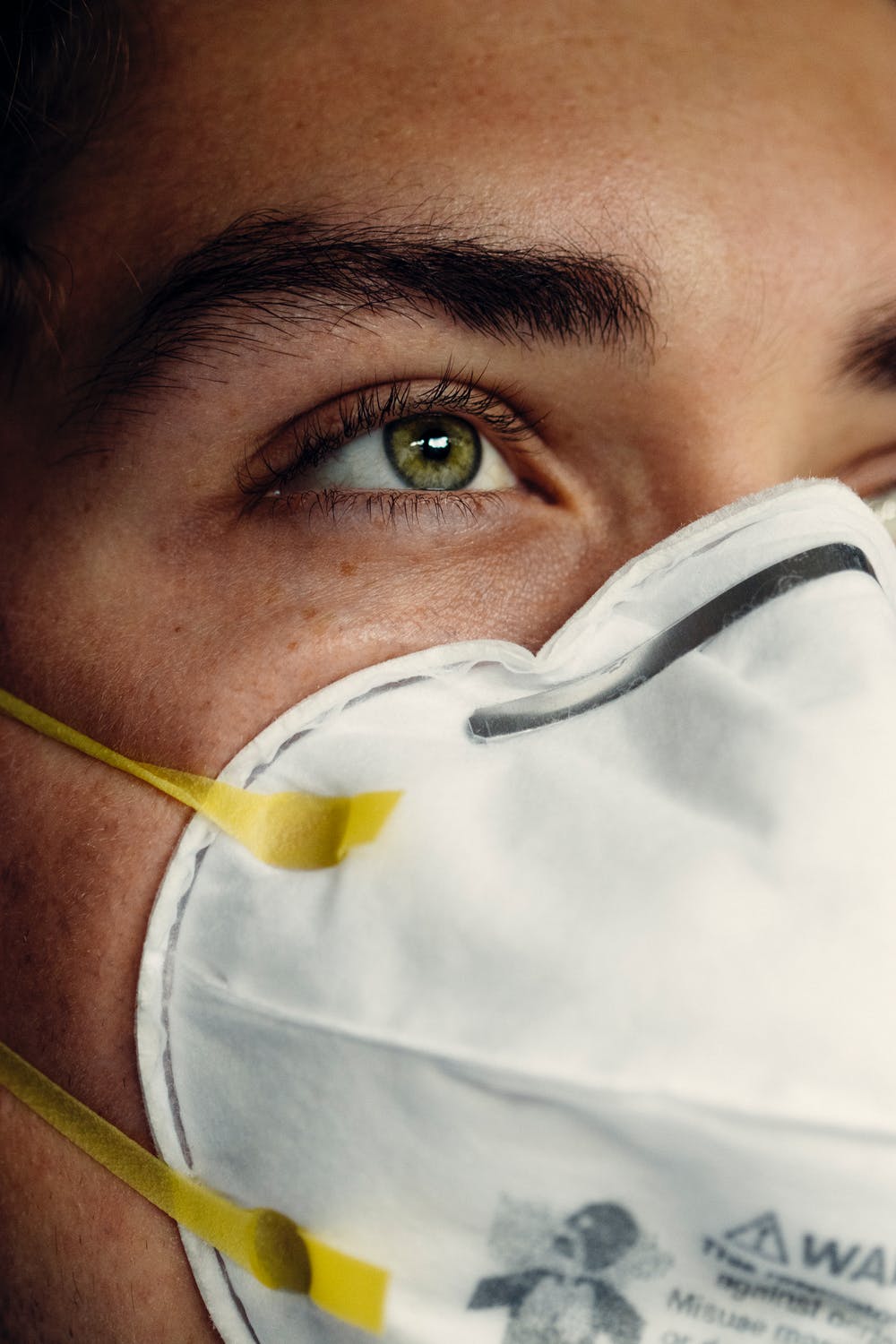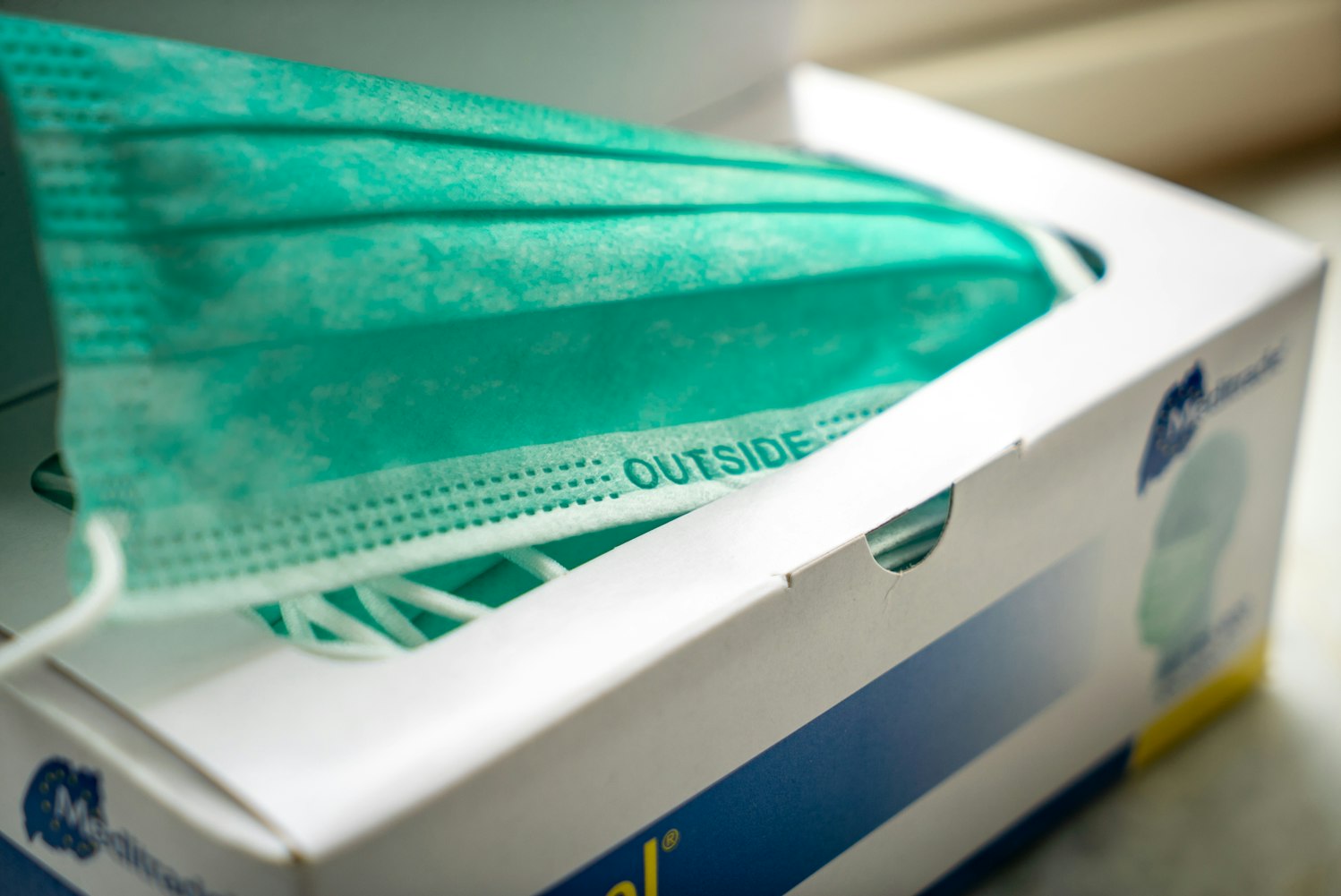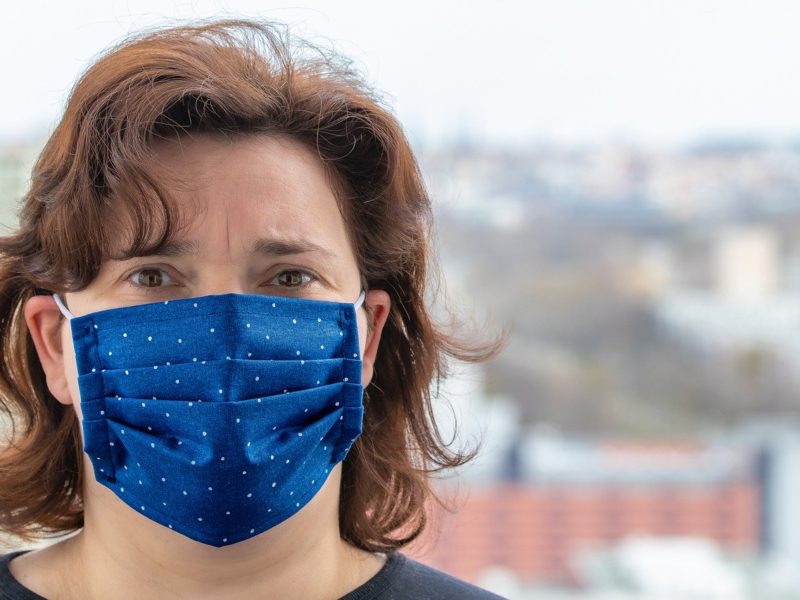
What Does The Metal Strip In A Face Mask Actually Do?
One of the biggest mysteries surrounding the face mask trend is, “What does the metal strip in a face mask do?” However, as useless as it may seem, it has an essential function that only some people know about.
Surgical Face Mask Explained

Surgical face masks are disposable face coverings that come in a rectangular shape. They are not tightly fit; they’re loose-fitted, and the edges of the cover don’t tightly hug your face. They protect you from larger droplets, splashes, and sprays. It has three layers that allow it to be so effectively protective:
- An external layer repelling fluids like water, blood, saliva, etc
- A middle layer that helps filter pathogens
- An internal layer to absorb water, including moisture from the exhaled air and sweat.
However, since the sides aren’t tightly sealed, airborne particles can still escape the mask when you cough or sneeze. Nonetheless, they provide excellent protection from catching and spreading disease. Plus, these masks also prevent hand to mouth contact and limit the spread of germs from your skin to your internal body.
What Does The Metal Strip In The Face Mask Do?
You also find a metal strip sitting where your mask comes in contact with your nose bridge. Many people don’t know what this strip is for and why it’s there. Well, here’s your answer: When you wear the surgical mask over your face, the cover leaves significant gaps around your nose since it is loosely fitted. These gaps can allow the exit and entry of contaminants. The mysterious metal strip is bendable, and you can mold it around your nose to close the gaps. Doing this provides a better fit and more protection against airborne viruses and bacteria.
DIY Strip Materials For Your DIY Mask

If you choose to make a DIY face mask at home, don’t fret over where you’ll find that metal strip from. You can create one for yourself! There are plenty of DIY ways to make that metal strip using materials from home or a local store.
- A floral crafting wire
Make sure you curl the edges inward to prevent the wire from piercing and damaging the fabric.
- Aluminum foil
Cut an appropriate length of aluminum foil and fold it in half widthwise. Do this at least five times so that it is thick enough to hold the mask in place but still be bendable.
- Pipe cleaner
Get a 12-inch pipe cleaner and fold it over. Now, twist the two sides together. Make sure you remove this nose strip when you wash the mask, though.
- Paper clip
Open up the paper clip and straighten it. Rollover both the edges so there are no sharp corners left exposed.
- Folder fastener
Folder fasteners from office files should be of appropriate length. Again, if you notice any sharp edges, use a set of wire cutters or nose pliers to cut them off or curl inward.
- Twist ties
Twist ties from trash bags, gifts, and bread loaves can also be an excellent option for nose strips. Grab a couple of twist ties instead of one. Stitch it to the mask permanently or make a removable nose strip.
Final Thoughts
Other popular DIY replacements of a surgical mask’s metal strip include metallic zip ties, closures of coffee bags, tin foil from a baking dish or cookie sheet, waxed threads, and ornament hangers. All-in-all, there are plenty of different options if you want to make an effective mask at home. Just be creative with the items you have at hand!



